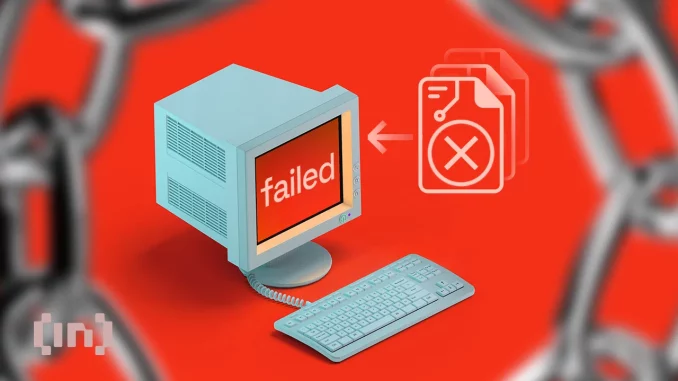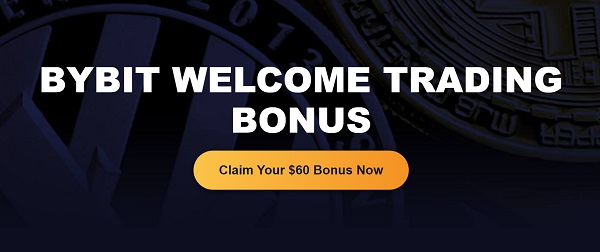
As the popularity of Bitcoin continues to grow, more and more people are turning to centralized exchanges to purchase this digital currency. Still, it’s important to understand that when BTC tokens are kept on centralized exchanges, the owner never knows for certain if they are actually getting real Bitcoin or “paper Bitcoin”.
Paper Bitcoin refers to an “I owe you” Bitcoin, meaning that the exchange owes the user a certain amount of the digital currency. To ensure that the Bitcoin purchased is genuine, investors need to withdraw it to a self-storage wallet or sell it for another asset or product. This is because most exchanges won’t create a separate wallet for users to save on transaction fees, instead these companies display Bitcoin balances as a number next to the username on a spreadsheet.
Not Your Keys, Not Your Coins
The phrase “not your keys, not your coins” is a popular saying in the crypto community that emphasizes the importance of owning the private keys to one’s cryptocurrency holdings. It means that if an investor does not have control over the private keys associated with his cryptocurrency, he does not actually own his coins. On the other hand, if an investor have control over his private keys, he has full ownership and control over his cryptocurrency and can transact with it as he wishes.
Crypto exchanges tend to keep their BTC in wallets where they possess the private keys and store it safely. If they were to transfer small amounts of BTC to a users’ wallets every time traders buy and sell within the ecosystem, exchanges would incur significant transaction fees.
Most major exchanges do not provide proof of customer deposits, and although some small exchanges that do, users still have to rely on these reports to ensure that the exchange has enough BTC to back up customer balances.
Withdrawing BTC from a centralized exchange to a non-custodial wallet or a hardware wallet is the best way to ensure that users receive real BTC, reducing the amount of paper Bitcoin in circulation. It’s worth noting that despite Bitcoin’s 10-minute block time, exchanges can instantly transfer BTC to users’s accounts, as they only need to update the number next to the user’s name on their spreadsheet.
One of the key selling points of Bitcoin is its limited supply of 21 million coins. However, it’s important to understand that this supply is not fixed and is increasing every ten minutes until the final Bitcoin is mined in 2140. Currently, slightly more than 19 million BTC are in circulation, with the remaining coins to be mined over the next 117 years.
Exchanges that provide a market for buying, selling, and staking BTC may be selling more Bitcoin than they hold. This means that if all Bitcoin owners who hold their BTC on exchanges were to withdraw their funds at the same time, there may not be enough real Bitcoin to go around, as the exchanges may have printed more paper Bitcoin and sold it to unsuspecting customers.
Something similar happened with crypto exchange FTX when a large number of users simultaneously attempted to withdraw their funds. The sudden rush to withdraw money put significant strain on the the exchange’s ability to meet the demand. This, combined with other factors such as market volatility and liquidity issues, could have contributed to the collapse of FTX.
Misappropriation of Funds
Exchanges often use their users’ Bitcoin for rehypothecation, using the deposits as collateral to back a loan for their own profit. These companies may offer incentives to Bitcoin holders to keep their funds on the exchange, resulting in lower transaction costs, staking rewards, and reduced withdrawal fees. Although these benefits may seem quite appealing, it is safer to hold BTC in a self-storage wallet.
For instance, Sam Bankman-Fried “placed billions of dollars of FTX customer funds into” his crypto hedge fund Alameda Research, according to the SEC complaint. He then used “as his personal piggy bank to buy luxury condominiums, support political campaigns, and make private investments, among other uses.”
It’s important to understand the complexities surrounding the ownership of Bitcoin on centralized exchanges. By withdrawing your Bitcoin to a self-storage wallet, you can ensure that you receive real Bitcoin and reduce exposure to risk.
Disclaimer
BeInCrypto has reached out to company or individual involved in the story to get an official statement about the recent developments, but it has yet to hear back.





Be the first to comment